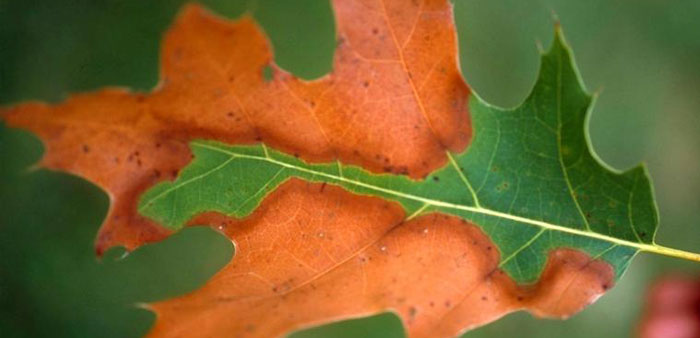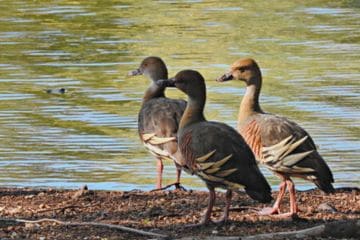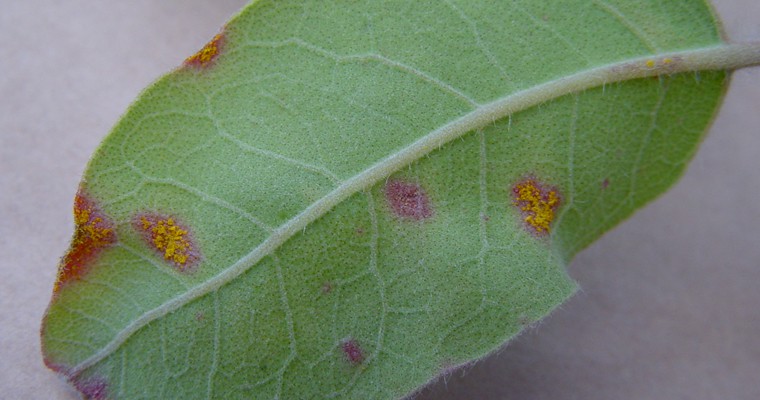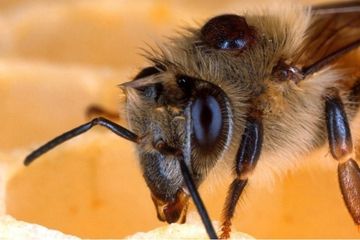
Diseases are often the most difficult of invasive species problems, and as Tim Low discovered at a recent symposium he attended on behalf of the Invasive Species Council, the reasons why are obvious.
Xylella fastidiosa is a bacteria from Latin America that has the Australian Government very worried because of the crops it is killing overseas, especially olives in Europe and grape vines in California. In Latin America it is harmful to coffee and citrus. Leaves wither and whole plants often die. Australia’s Plant Health Committee endorsed it in 2016 as Australia’s number 1 National Priority Plant Pest.
Xylella is thought to be capable of infecting almost 90 per cent of all plant species, but without causing any symptoms or doing any harm to most. In the plants it does harm it can show a long period of latency. This means it could enter Australia in almost any imported plant. It may have arrived within the past decade and not yet been detected.
It has different genotypes that behave very differently, by harming or not harming different plant species. It is so genetically variable that thinking of it as one species is misleading.
It became a major concern for Australian agriculture when it began killing grape vines in California back in the 1980s. It was allowed to recede into the background as an issue until a few years ago when ancient olive groves began dying over large areas of Italy. It is harmful in tropical and subtropical regions but not where climates are cold.
Information is very sparse about the threat this disease poses to Australia’s native plants. There are graphic images online showing golden wreath wattles (Acacia saligna) in Europe dying from the disease, along with a very damaged hop-bush (Dodonaea viscosa) and seriously affected native rosemary (Westringia fruticosa). It has no impact on eucalypts in Europe and little impact on silver wattles (Acacia dealbata), but those conclusions apply only to the strain or strains currently in Europe.
It is spread between plants by sap-sucking bugs (only xylem feeders), and these can achieve high numbers in irrigated monocultures, which means that the catastrophic death rates seen on farms won’t necessarily occur in the wild.
I can find no evidence from published research that Xylella has caused large-scale deaths in natural vegetation. A keynote speaker at the symposium, Marie-Agnes Jacques, told me the disease had not been found in native vegetation close to infected crops in southern France. An American researcher told me that in American forests no one is looking because there is no funding. I found articles indicating that Xylella is causing leaf scorch in America’s native oaks, elms, maples and sycamores, but no mention of trees dying.
An obvious challenge is diagnosing the presence of this disease in plants passing through quarantine. Not only can infected plants show no symptoms, but plants infected with other diseases can show the same symptoms as Xylella. It justifies a very precautionary approach towards plant imports, especially those from South America, where the bacteria is genetically most diverse. Its arrival in Europe has been blamed on coffee plants imported from that continent.
I came away from this symposium with more questions than answers, and I suspect that for most delegates it was the same. Large numbers of research papers have been published without answering many important questions.
In Australia we can be assured that because this disease is so serious for agriculture (and horticulture as well) strenuous efforts will be made to keep it out.
- Tim Low attended the International Symposium on Xylella fastidiosa in Brisbane earlier this year on behalf of the Invasive Species Council.




